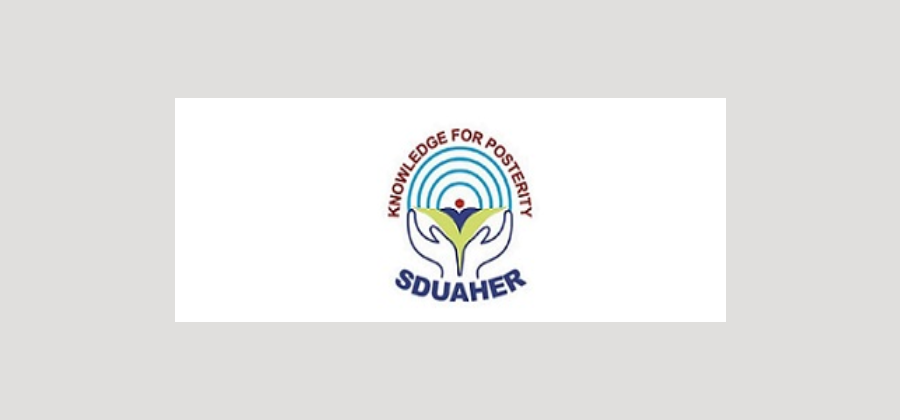


Journal of Clinical and Biomedical Sciences
DOI: 10.58739/jcbs/v15i2.24.206
Year: 2025, Volume: 15, Issue: 2, Pages: 87-94
Original Article
Naganandini R1∗
1HOD & Associate Professor, Department of Psychiatric Nursing, Vinayaka Mission’s Annapoorana College of Nursing, Vinayaka Missions Research Foundation (Deemed to be University), Salem, Tamil Nadu, India
*Corresponding Author
Email: [email protected]
Received Date:06 November 2024, Accepted Date:11 January 2025, Published Date:11 July 2025
Background : Female health professionals are often exposed to various occupational hazards that can adversely affect their health. Understanding the interplay between these environmental factors and health outcomes is crucial for improving workplace conditions in healthcare settings. Aims & Objectives : This study aimed to investigate the health challenges and work environment conditions faced by female health professionals in selected hospitals in Salem, Tamil Nadu. The objective was to assess the prevalence of health issues and analyze the influence of workplace factors on their health outcomes. Methodology : A cross-sectional design was employed, involving a sample of 300 female health professionals. Data were collected through surveys and medical examinations, capturing demographic characteristics, self-reported health issues, and workplace exposures. Statistical analyses, including chi-square tests, t-tests, and regression analysis, were conducted to evaluate associations between environmental factors and health outcomes. Results : Findings revealed that 45% of participants reported respiratory issues, with 38% confirmed through clinical assessments. Skin conditions were reported by 53%, with 48% medically validated. Musculoskeletal disorders affected 39%, while reproductive health concerns were noted by 28%, with 15% confirmed medically. The study identified significant challenges in the work environment, including 62% experiencing chemical exposure in poorly ventilated areas, only 40% consistently using personal protective equipment (PPE), and 58% working in ergonomically inadequate conditions. Statistical analyses indicated that chemical exposure, inadequate PPE usage, and poor ergonomics were significant predictors of health problems. Conclusion : The findings underscore the urgent need for targeted interventions to improve workplace safety and health standards for female health professionals. By fostering healthier hospital environments, it is possible to mitigate occupational health risks and enhance the well-being of this vulnerable workforce.
Keywords: Female health professionals, Health outcomes, Work environment, Respiratory issues, chemical exposure, Ergonomics, Personal protective equipment
This is an open-access article distributed under the terms of the Creative Commons Attribution License, which permits unrestricted use, distribution, and reproduction in any medium, provided the original author and source are credited.
Published By Sri Devaraj Urs Academy of Higher Education, Kolar, Karnataka
Subscribe now for latest articles and news.